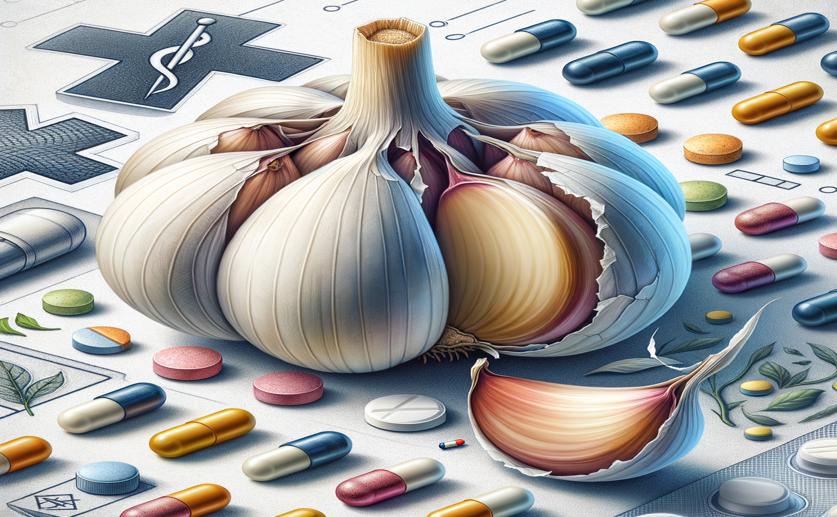
Evaluating Garlic Compound and Medication Combo for Treating Leishmaniasis
Greg Howard
31st August, 2024

Image Source: Natural Science News, 2024
Key Findings
- The study by Kerman University of Medical Sciences explored the use of diallyl sulfide (DAS) from garlic, combined with meglumine antimoniate (MAT), against Leishmania major
- DAS combined with MAT showed no cytotoxicity and had strong anti-leishmanial effects, especially against the clinical stage of the parasite
- In animal models, the combination treatment significantly reduced lesion size and parasite load, showing promise as a safer and effective therapy for cutaneous leishmaniasis
References
Main Study
1) Assessment of the antileishmanial activity of diallyl sulfide combined with meglumine antimoniate on Leishmania major: Molecular docking, in vitro, and animal model.
Published 30th August, 2024
https://doi.org/10.1371/journal.pone.0307537
Related Studies
2) Leishmaniasis worldwide and global estimates of its incidence.
3) Determinants of Unresponsiveness to Treatment in Cutaneous Leishmaniasis: A Focus on Anthroponotic Form Due to Leishmania tropica.
4) Cutaneous Leishmaniasis: A 2022 Updated Narrative Review into Diagnosis and Management Developments.



 4th July, 2024 | Greg Howard
4th July, 2024 | Greg Howard